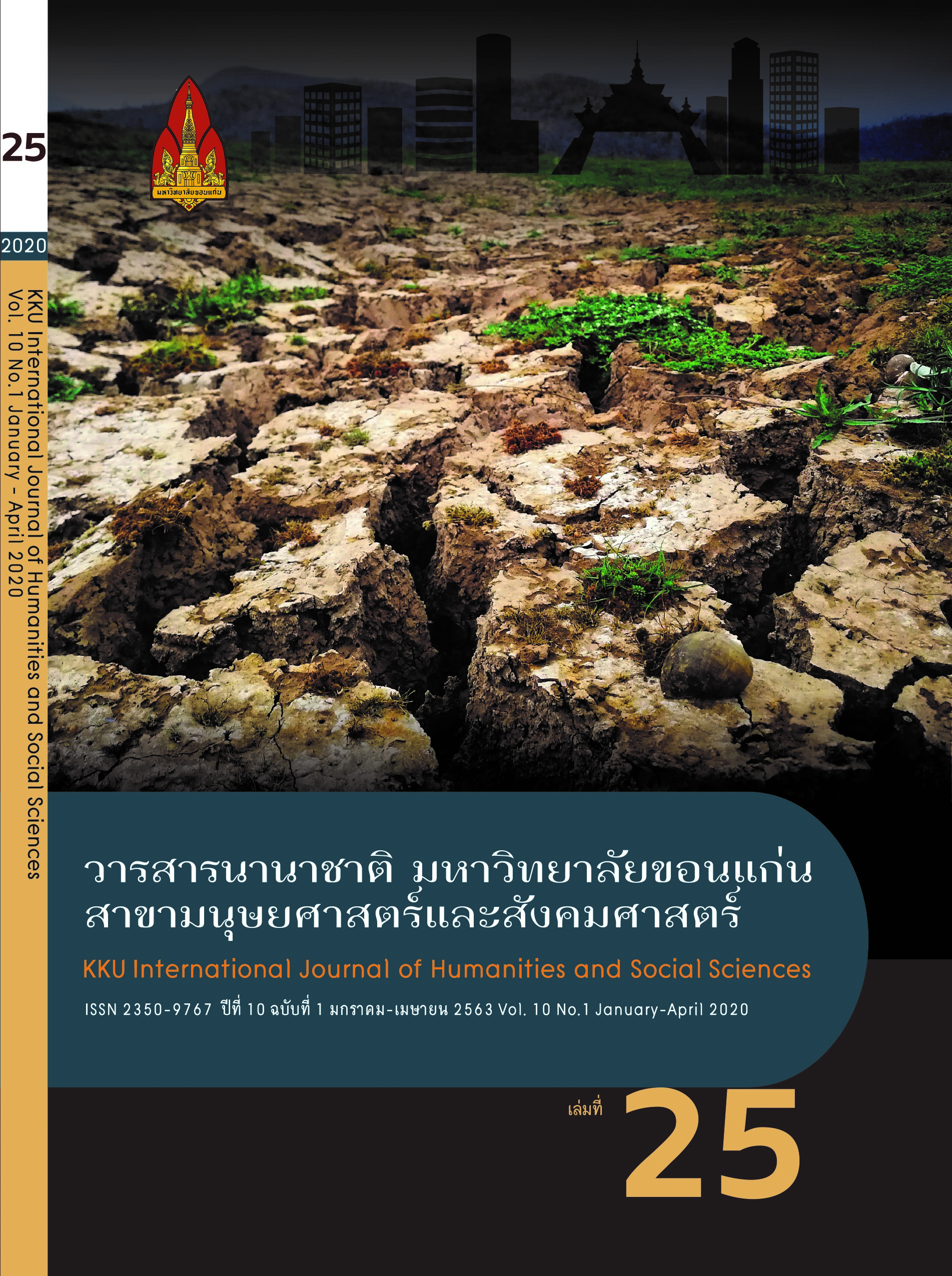Factors that Influence E-Government Utilizing Towards E-Report Application (Case Study: Comparation between Lapor Sleman and Jogja Smart Service (JSS) In 2018)
Main Article Content
Abstract
E-Government was created as an attribute to serve and communicate with the citizen. In 2005 the Digital Government Services (DGS) program was initiated which was followed up with the issuance of DIY Governor Regulation number 42, year 2006 regarding Jogja Cyber Province Blue print. The development of E-Government is an effort to develop the implementation of electronic-based DIY Government in order to effectively and efficiently improve the quality of public service. That is why the local government created a report portal as a media for the citizen to report anything related to the public services. Yogyakarta city have Jogja Smart Service as a public service application. Meanwhile, Sleman Regency have Lapor Sleman as a public service application. This study will discuss about how much is the e-government influencing the utilization of e-report (case study: Lapor Sleman and Jogja Smart Service (JSS) in 2018) and what are the factors that influence the utilization of Lapor Sleman and Jogja Smart Service These questions were answered in this research by using the Unified Theory of Acceptance and Use of Technology (UTAUT). This study uses a mixed research method (mix-method), In which questionnaire data were analyzed using Partial Least Squares (PLS) Analysis with a tool in the form of a SmartPLS 3.0 program. The results of this research showed that there is a positive and significant influence from performance expectancy, effort expectancy, social influence, towards behavior intention and facilitating condition, and behavior intention towards the E-Government utilizing towards Lapor Sleman and Jogja Smart Service. Furthermore, performance expectancy, effort expectancy, and behavioral intention should be enhanced to make the citizen use both applications Lapor Sleman and Jogja Smart Service even more. Managing the effectivity of facilitating condition will influence the use of both applications. Lastly, social influence should be more affecting the number of users of both applications.
Article Details
References
Abdillah, W., & Hartono, J. (2015). Partial Least Square (PLS) Alternatif Structural Equation Modeling (SEM) dalam Penelitian Bisnis. Yogyakarta: Andi Offset.
Arikunto, S. 2006. Prosedur Penelitian. Jakarta: Rienika Cipta.
Creswell, J. W. 2010. Research design: pendekatan kualitatif, kuantitatif, dan mixed. Yogjakarta: PT Pustaka Pelajar
Creswell John.W. 2014. Penelitian Kualitatif & Desain Riset. Yogyakarta: Pustaka Pelajar
Ghozali, Imam, 2006, Structural Equation Modeling Metode Alternatif dengan Partial Least Square, Badan Penerbit Universitas Diponegoro, Semarang.
Ghozali. Imam. 2008. Structural Equation Modeling Metode Alternatif dengan Partial Least Squarei. Semarang: Badan Penerbit Undip
Hamidi, Jazim. 2004. Metode Penelitian Kualitatif. Malang: UMMP Press.
Indrajit, R.E. 2002. Electronic Government. Yogyakarta: Andi Offset.
Indrajit, R.E. 2004. Electronic Government Strategi Pembangunan dan Pengembangan Sistem Pelayanan Publik Berbasis Teknologi Digital. Yogyakarta: Andi Offset.
Indrajit, Richardus, Eko. 2006. Electronic Government: Strategi Pembangunan Sistem Pelayanan Publik Berbasis Teknologi Digital. Yogyakarta:Andi
Lexy J. Moleong. 2005. metodologi penelitian kualitatif, Bandung: Remaja Rosdakarya
Pawito. 2007. Penelitian Komunikasi Kualitatif. Yogyakarta, Yogyakarta: Pelangi Aksara Yogyakarta
Rianto, Budi., Tri Lestari. 2012. Polri & Aplikasi E-Government dalam Pelayanan Publik. Surabaya: CV. Putra Media Nusantara (PMN).
Sudjana, 2005. Metode Statistika. Bandung: Tarsito
Sugiyono. 2007. Metode Penelitian Pendidikan Pendekatan Kuantitatif, kualitatif, dan R&D. Bandung: Alfabeta
Sugiyono. 2010. Metode Penelitian Pendidikan Pendekatan Kuantitatif, kualitatif, dan R&D. Bandung: Alfabeta
Sugiyono. 2011. Metode Penelitian Pendidikan Pendekatan Kuantitatif, kualitatif, dan R&D. Bandung: Alfabeta
Sugiyono. 2012. Metode Penelitian Pendidikan Pendekatan Kuantitatif, kualitatif, dan R&D. Bandung: Alfabeta
Sugiyono. 2014. Metode Penelitian Pendidikan Pendekatan Kuantitatif, Kualitatif, dan R&D. Bandung: Alfabeta
Sugiyono. 2016. Metode Penelitian Kuantitatif, Kualitatif dan R&D. Bandung: PT Alfabet
Sosiawan, E.A. 2008. Evaluasi Implementasi E-Government pada Web Pemerintah Daerah di Indonesia: Perspektif Content dan Managemen. in http://edwi.dosen.upny.ac.id accessed on 5 October 2018.
Journal and Thesis
Adenan, M. I., Mohmod, A. L., & Krishnasamy, G. (2015). Malaysian plants with potential in vitro trypanocidal activity, 4(1), 6–16.
Angguna, Y. P., & Gani, A. Y. A. (2015). Upaya Pengembangan E-Government Dalam Pelayanan Publik Pada Dinas Koperasi Dan Ukm Kota Malang Yordan Putra Angguna, A. Yuli Andi Gani, Sarwono, 3(1), 80–88.
Asosiasi Penyelenggara Jasa Internet. (2017). Penetrasi & perilaku pengguna internet indonesia.
Batara, E., Nurmandi, A., Warsito, T., & Pribadi, U. (2017). Transforming Government : People , Process and Policy.
Ferdy Alfarizka, P., & Dana Indra, S. (2016). Faktor-Faktor Adopsi Mobile Government di Indonesia Studi Kasus Layanan Aspirasi dan Pengaduan Online Rakyat ( LAPOR !).
Fridayani, H. D., & Nurmandi, A. (2016). Do Smart Citizens Make a Smart City ? A Case Study on the Factors Influencing Citizen Behavior Using Lapor Sleman Online-Based.
Iskhak Fatonie, Arnaldo Pellini, H. S. and I. A. (2016). Using Citizen Evidence to Improve Public Services:
Mahendra, G. K. (2017). Pengaduan Pelayanan Kesehatan Di Unit, 1(1), 28–39.
Ni Luh Yuni Lestari; Bandiyah; Kadek Wiwin Dwi Wismayanti. (2014). Pengelolaan Pengaduan Pelayanan Publik Berbasis E-Government, 1–12.
Ni Putu Ary Wulandari; I Ketut Yadnyana. (2016). Penerapan Model Unified Theory Of Acceptance And Use Of Fakultas Ekonomi dan Bisnis Universita Udayana ( Unud ), Bali , Indonesia Perkembangan teknologi informasi semakin meningkat seiring dengan perkembangan zaman . Hampir seluruh lapisan masyarakat yang, 1270–1297.
Ramdani, E. M. (2018). Analisis Efektivitas Pelaksanaan, 6(1), 31–48.
Sutina, Isma (2016). Pengembangan E-Government Terintegrasi Menuju Sleman Smart Regency (Studi Kasus Aplikasi Pelayanan Publik Lapor Sleman di Kabupaten Sleman Tahun 20116)
Toni Heryana; Sari Kartika Dewi. (2013). Pengaruh Penerapan E-Government Terhadap Pelaksanaan Tata Kelola Pemerintah Di Pemerintah Kabupaten Cianjur, 1(1), 38–49.
Venkatesh, V., Morris, M. G., Davis, G. B., & Davis, F. D. (2003). User Acceptance of Information Technology: Toward a Unified View, 27(3), 425–478.
Yuke Nori Aurumbita; Rini Rachmawati. (2013). Pemanfaatan Dan Persepsi Masyarakat Terhadap Unit Pelayanan Informasi Dan Keluhan (Upik) Di Kelurahan Suryatmajan, Kota Yogyakarta.


